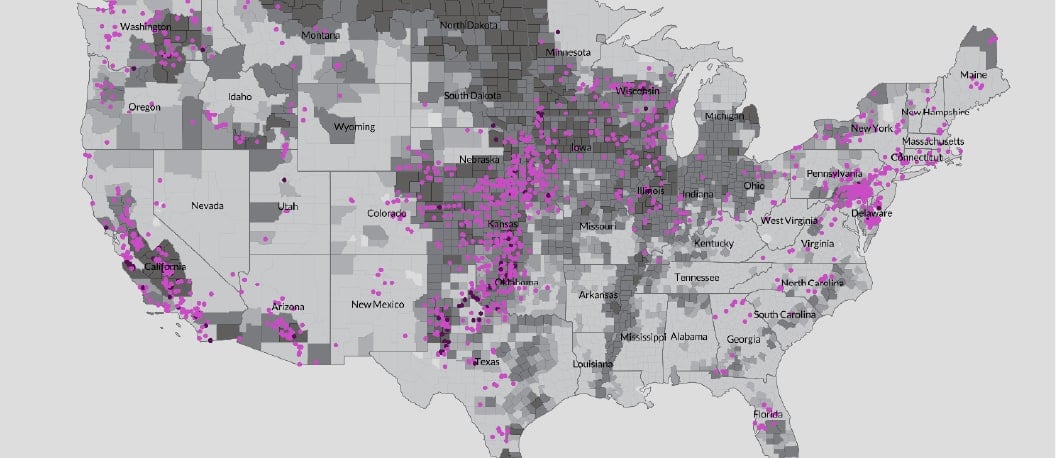EWG Tap Water Atlas
Nitrate
Nitrate, a chemical found in commercial fertilizer and animal manure, has been linked to colorectal and other cancers, thyroid problems and adverse birth outcomes. A 2019 peer-reviewed EWG study found that nitrate pollution of drinking water may be responsible for up to 12,594 cases of cancer a year, with an associated healthcare cost of up to $1.5 billion.
Nitrate pollutes the tap water of 231 million people in 49 states. It is especially, but not exclusively, a problem in many agriculture-heavy states in the Midwest and in California. It contaminates drinking water via agricultural and urban runoff, septic tank leaks and wastewater treatment plant discharges.
The federal legal limit for nitrate in tap water of 10 milligrams per liter, or mg/L (equivalent to parts per million), is based on a 1962 U.S. Public Health Service recommendation. More recent research has found that nitrate in tap water can harm people at 5 mg/L or even lower levels, including the 2019 investigation conducted by EWG, which determined that health impacts can begin at concentrations as low as 0.14 mg/L.
Keeping nitrate out of tap water, particularly by stemming farm pollution, is much cheaper than removing it through water treatment. Reverse osmosis is the best way to remove nitrate from drinking water but is expensive for both utilities and consumers to install and maintain.



